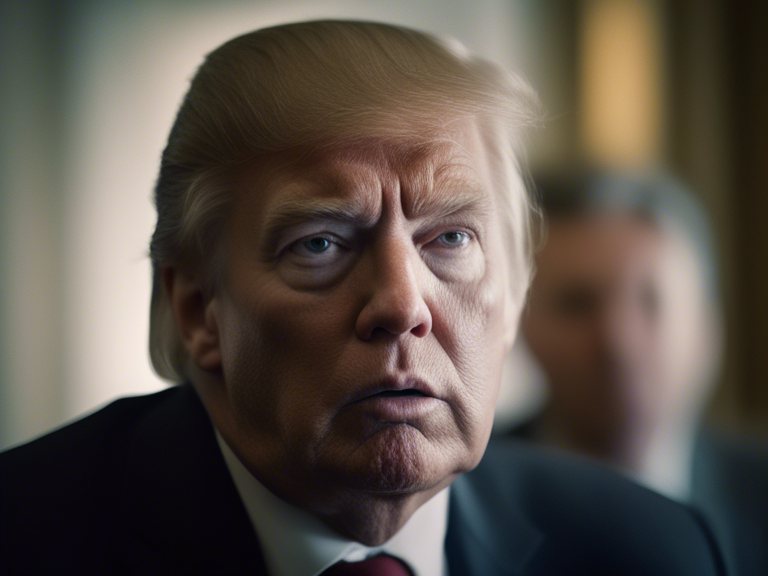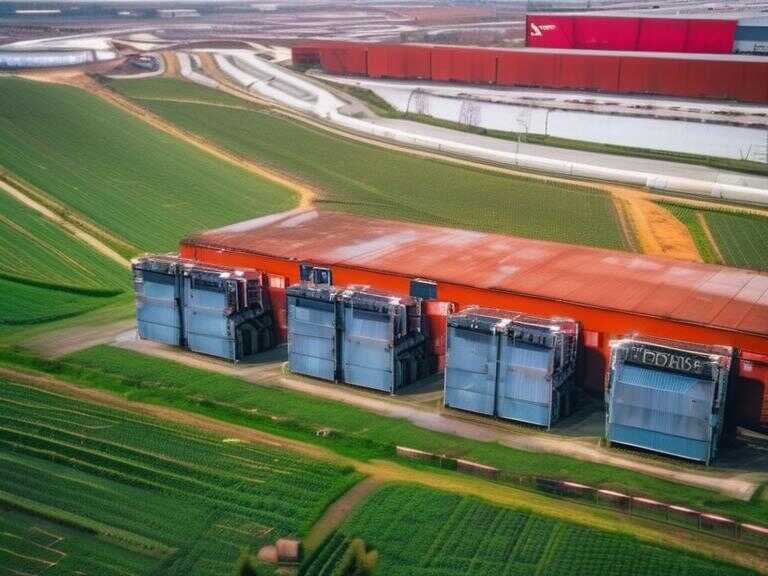
Maui Wildfire Investigation Reveals Rekindled Brushfire Caused Catastrophic Blaze and Tragedy
The deadly Maui wildfire that killed 101 people was caused by a rekindled brushfire ignited by downed power lines, with strong winds exacerbating the devastation.

The devastating wildfire that struck Maui last year, resulting in the tragic loss of at least 101 lives, has been confirmed to have originated from an earlier brushfire caused by downed power lines. Firefighters had believed they had extinguished the initial fire, leading to the catastrophic Aug. 8, 2023, blaze—the deadliest U.S. wildfire in over a century.
Officials recently presented their findings on the cause of the tragedy, shedding light on the events leading up to the catastrophic fire. The findings revealed that the blaze rekindled from the morning fire, likely triggered by high winds carrying undetected embers into the dry gully.
Rekindling of the Morning Fire
The rekindling of the morning fire, caused by high winds, resulted in devastating consequences for the historic town of Lahaina. The fire, fanned by strong and erratic winds, rapidly engulfed the area, destroying thousands of buildings, trapping individuals in their vehicles, and forcing residents to flee into the ocean in a desperate bid for safety.
Before the rekindling, a Hawaiian Electric power line fell early in the morning of Aug. 8, igniting a fire in overgrown brush near the edge of town. Despite the rapid response of fire crews, who fought the blaze for several hours until they believed it was extinguished, the flames were spotted again after they left the scene.
The rekindling of the fire caught firefighters off guard, and despite their swift return to the affected area, they were no match for the ferocity of the wind and flames. Furthermore, communication between the police and fire departments was hampered by spotty connections, downed cellphone networks, and the failure to activate emergency sirens that could have warned residents to evacuate.
The chaotic scenario was exacerbated by fallen power lines and poles scattered throughout town, leading police to block certain roads to protect residents from potential hazards. The resulting gridlock trapped individuals in their vehicles as the flames advanced, while others lost their lives in their homes or attempted to seek refuge elsewhere.
Liability and Legal Proceedings
The rekindling of the fire raises important questions regarding liability for the destruction, which is expected to be a central issue in ongoing legal proceedings. In the aftermath of the tragedy, allegedly thousands of Lahaina residents have filed lawsuits against various parties they believe are at fault for the fire. The defendants include Hawaiian Electric, Maui County, and the state of Hawaii.
The defendants have often shifted blame, with Hawaiian Electric asserting that the county should not have left the first fire unattended, while Maui County contends that the electric utility failed to adequately manage the power grid. Additionally, the responsible parties for clearing brush and maintaining the area have also become points of contention, alongside the utility's lack of a public safety power shut-off program.
Moreover, a report conducted for the Hawaii attorney general's office by the Fire Safety Research Institute found no evidence that Hawaiian officials made preparations for a wildfire, despite days of warnings about impending critical fire weather.
Settlement and Financial Impact
Following the devastating wildfires, Hawaiian officials announced a tentative $4 billion settlement, involving defendants such as Hawaiian Electric, the state, Maui County, large landowners, and others. However, this settlement is currently entangled in legal proceedings, awaiting a decision from the Hawaii Supreme Court regarding whether insurance companies can pursue the defendants separately to recover what they have paid to policyholders.
The legal implications surrounding the settlement have caused concern among lawyers representing individuals seeking compensation. They fear that allowing insurance companies to initiate lawsuits against Hawaiian Electric and others may undermine the settlement, drain resources allocated for fire victims, and lead to prolonged litigation.
Impact on Communities
The impact of the wildfire extends beyond the immediate physical devastation, as it has taken a toll on the mental well-being of the affected communities. In the aftermath of the fire, a survey conducted by the Hawaii State Rural Health Association revealed that 71% of Maui County respondents directly impacted by the fires have had to cut back on food and groceries due to financial reasons. Additionally, residents expressed a sense of worry about the future, indicating a prevailing sentiment of uncertainty and concern.
Furthermore, the mental health repercussions of the fire have been significant. Before the wildfire, the population of Lahaina was approximately 12,000, of which 10% have sought mental health support according to the Hawaii State Department of Health.
Community Resilience
Despite the challenges and hardships faced by the communities impacted by the wildfire, there remains a spirit of resilience among the residents. Efforts to rebuild and recover from the devastation continue, as the affected communities strive to restore normalcy and provide support to those in need.
The devastating wildfire that struck Maui last year has left a lasting impact on the affected communities. The confirmed rekindling of the morning fire, coupled with the subsequent legal proceedings and the toll on residents' well-being, underscores the complexity of the aftermath. As the communities work towards recovery and rebuilding, the path to healing and seeking compensation continues to unfold.
Share news















